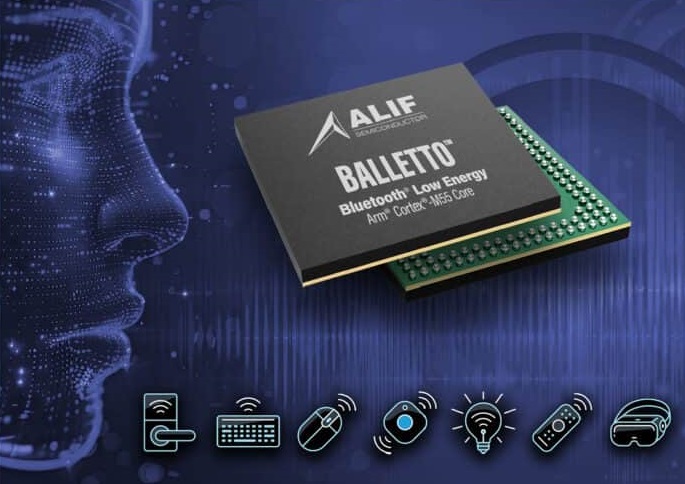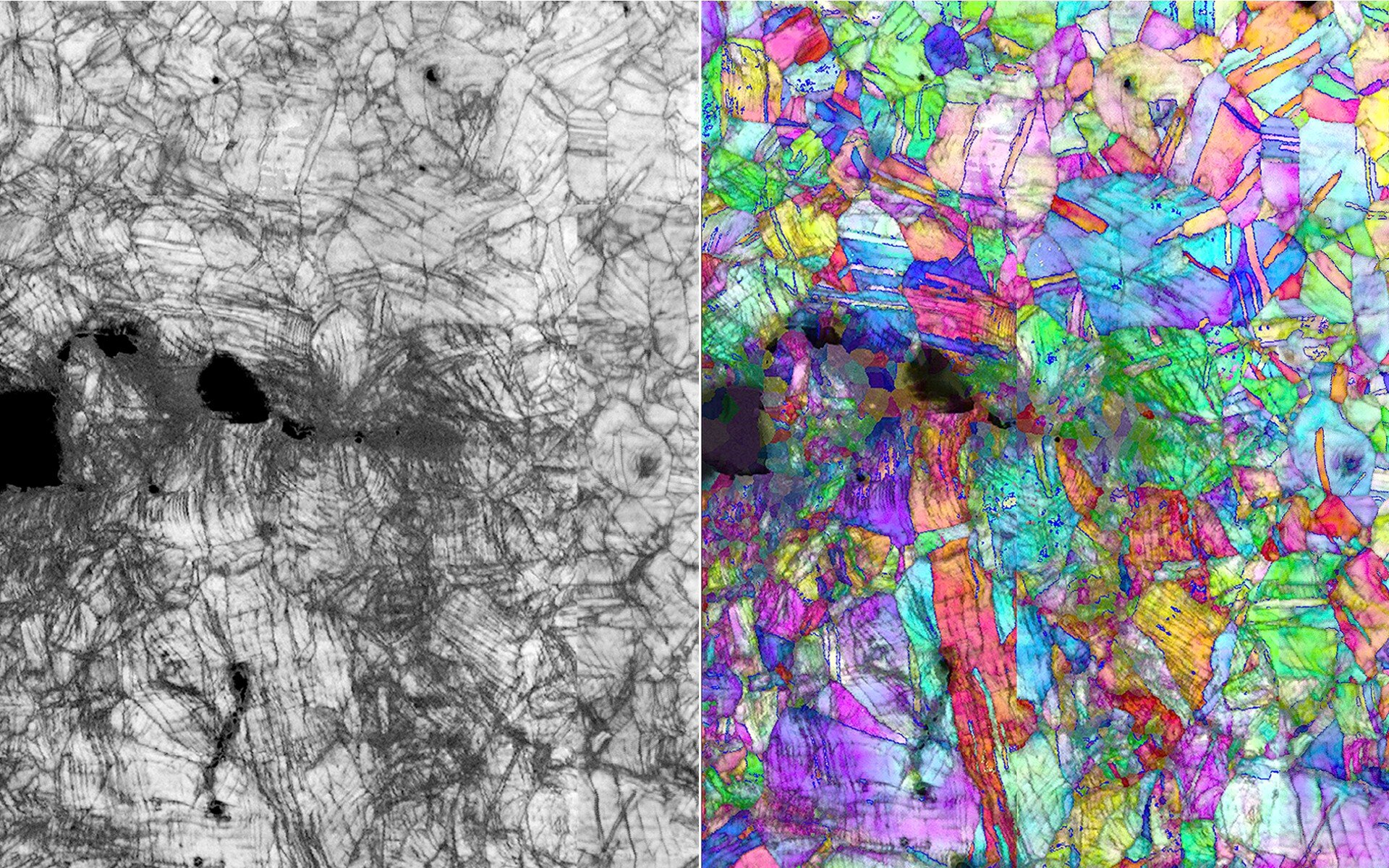We all know the 5 basic senses: touch, sight, hearing, smell and taste. But each of these are more like a category for the amount that we really have. We don’t give our body enough credit for how we distinguish reality with the mind.
For example, our sense of touch can be elaborated into heat sensitive, cold sensitive, itch sensitive, pain sensitive and pressure sensitive, because they all trigger different nerve endings as well as respond to a different area of the brain. Our heat and cold senses (thermoception) go way beyond our sense of touch, though, because receptors can regulate our internal body temperature not just based on the surface of the skin.
Proprioception is how our muscles and joints tell us where our body parts are. For example they allow us easily to touch our index fingers together with our eyes closed.
Our sense of sight can be broken down into two, the rods in our eyes that detect light, and the cones that can detect color. They are both different functions of the eye, but working together they collaborate to make our sense of sight. Even depth perception is an attribute to sight, but corresponds to a different area of the brain despite it being solely based on our vision.
Our ears do more than just hear. They contain our equilibrium, the organ responsible for our sense of balance and gravity. Without it, we wouldn’t be able to tell up from down and moving would be close to impossible. Taste and smell are really their own here, as they work on chemical reactions. But some may argue the case that they vary with the different distinctions they pick up.
Nociception is more or less pain. It is not necessarily a part of our sense of touch because it goes to all areas of the body including our bones and organs, not just the skin. Much like this are stretch receptors that detect high blood pressure and attribute to headaches.
Magentoception is our ability to sense magnetics fields, birds use it as a sense of navigation, and unfortunately most people are lost on this. However, studies have shown that people with metal brain implants can more accurately use this sense than those without it. On the topic of implants, people with metal based implants can more than often predict weather by the effect of pressure in the atmosphere on the said implant.
Other senses like, hunger, thirst, and pleasure are relatively simple, but one of the most complex is our sense of time. Our sense of time spans over 3 areas of the brain, the cerebral cortex, cerebellum, and basal ganglia. It is hard to study this sense accurately as our perception is a main factor because it changes as we age, making time seem to go faster.
Even our sense of emotion can be one as some claim. The ability to detect the mood of others by just being in their presence such as love or anger. Of course this can be attributed to detection of facial expressions and body language but perhaps there’s more to it than that. The most controversial of all the “6th sense”. You know, that feeling you get when someone is watching you. Some say it’s really just our sense of magnetic fields. Others say it’s ESP like when twins know when the other is in danger. But it’s hard to accurately verify it due to the nature of testing it.
To say the least, its only common sense that we have a much wider range of common senses!






